| |
|
![]() back to Another 'Grand Tour' index
back to Another 'Grand Tour' index
Another 'Grand Tour' of the Potteries
- David Proudlove &
Steve Birks -
buildings North of
the City
![]()
![]()
![]()
next: Chatterley Whitfield
Colliery
previous: Elm House, Packmoor
contents: index of buildings North of the City - Part 1
|
No 2 - Brindley Ford First School [ location map ] |
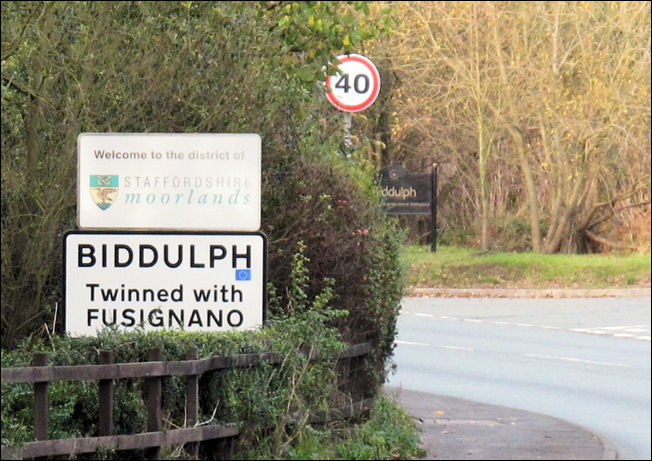
Brindley Ford First School - between the signs for
Biddulph, Staffordshire Moorlands and Brindley Ford, Stoke-on-Trent
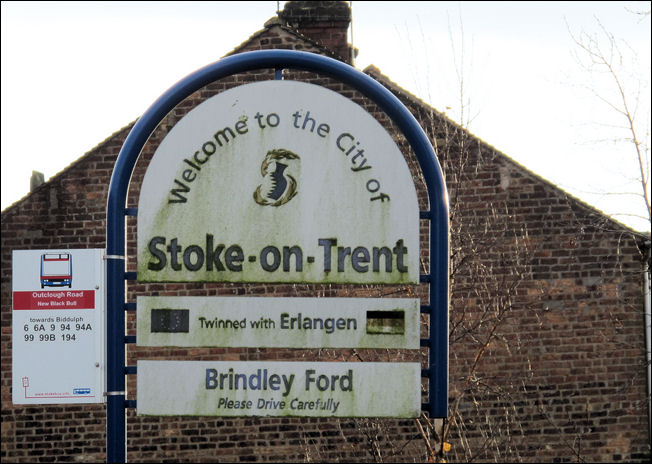
Brindley Ford, Stoke-on-Trent
|
'Schools for the Future? -
In the words of the former leader of the City Council, Ross Irving:
Fine words. And we have to hope that better schools will lead to a “better qualified workforce” which will help to “attract better, more diverse employers”, as at the moment, the only employers that are willing to invest in the Potteries appear to be Tesco, Poundland, and various fast food peddlers. One of the objectives identified by the City Council as being key to achieving the vision of the Building Schools for the Future programme is “to raise aspirations”. My interpretation of that is to raise aspirations across all aspects of school provision, from the learning environment itself to the standard of teaching received. And I assume that this would also include the design of new school buildings themselves.
One of the most disappointing aspects of the Building Schools for the Future programme has been the lack of focus on the reuse of historic school buildings throughout the city. The best example is perhaps the planned razing of Brownhills High School, which incorporates the home of John Wood, a locally prominent industrialist, and dates from 1782, therefore some of the oldest built fabric in the city.
Brownhills
High School
Brownhills
the seat of John Wood Esq.
Computer Generated Image of the new Co-Operative Academy at Brownhills
Should this be a surprise? The Potteries does not have a particularly good track record over the past few decades when it comes to preserving and reusing historic buildings. We only have to look at the continued destruction of our housing stock and the pottery industry’s architectural heritage to recognise that there is a continued and unhealthy obsession with the wrecking ball within the Civic Centre.
It is particularly disappointing when a building has not lost its original purpose, but maybe understandable if a building loses its raison d’être. But does this have to be the case?
One example that immediately springs to life is the former St James’ National School on Webberley Lane in Longton, originally built in 1836 on land donated by the Duke of Sutherland, but refurbished and converted to offices and studios as part of the Hothouse initiative, and plays host to some of the city’s most innovative and creative businesses.
Looking north-east along School Lane (later Webberley Lane) to St. James's Church. Longton Church of England School, built in 1836, is on the left. Stoke-on-Trent
Archives, Lovatt Collection c.1907-1914
Plan
of St.James National School - created in 1982 during the
Hothouse
(The Centre for Ceramic Design), |
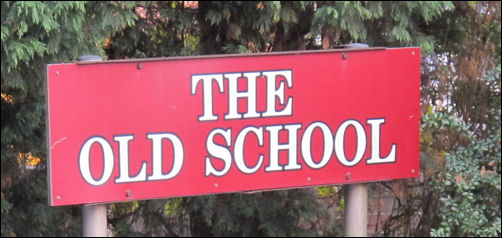
The Old School Buildings - the home of a range of small
businesses, and a dance studio amongst other things.
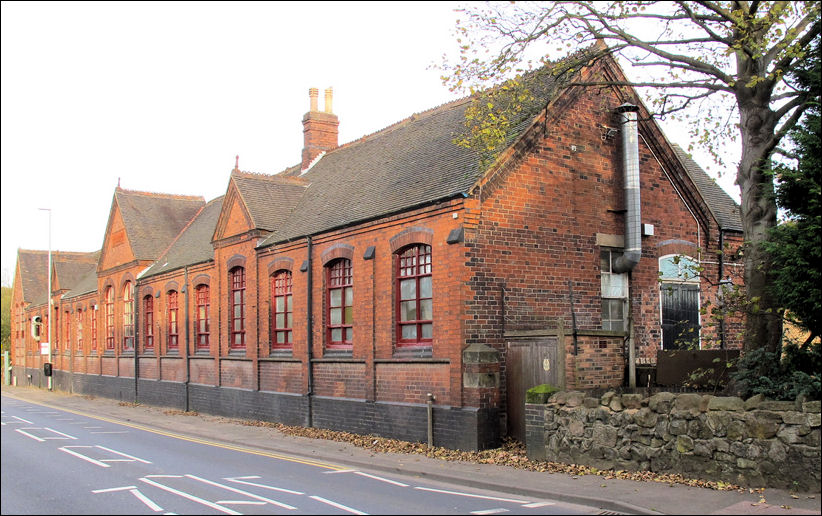
Brindley Ford First school, a late Victorian structure, the main building an imposing presence alongside the
A527
photos: November 2011
|
Brindley Ford First School
Brindley Ford First School
was closed during the 1980s, but Staffordshire County Council – these were the days before Stoke-on-Trent City Council became a unitary authority and thus responsible for education (perhaps this is why the buildings survive?) – chose not to demolish the buildings, but to ensure they were put to new uses. The Old School Buildings – as the site is now known – has since been the home of a range of small businesses, and a dance studio amongst other things.
The reuse of the former Brindley Ford First School provides an important lesson in how historic school buildings could – and should – still play a continuing role in the city’s future. Such buildings are often important local landmarks, and small settlements such as Brindley Ford are often defined by these.
Whatever the answer to those questions is, the former Brindley Ford First School continues to be a comforting and reassuring presence in a small semi-rural village facing up to the realities of the modern world. D.P. 1st December 2011 |

The reuse of important local landmarks
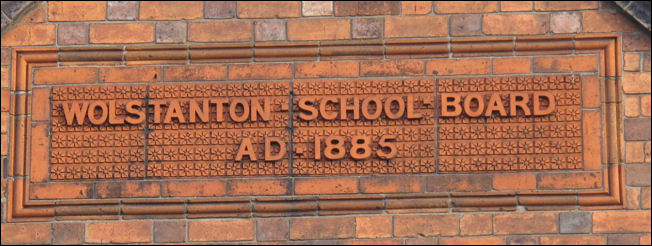
Wolstanton School Board
AD1885
![]()
![]()
![]()
next: Chatterley Whitfield
Colliery
previous: Elm House, Packmoor
contents: index of buildings North of the City - Part 1
[ location map ]
|
Related Pages Brownhills from Longport to Tunstall external links..
|